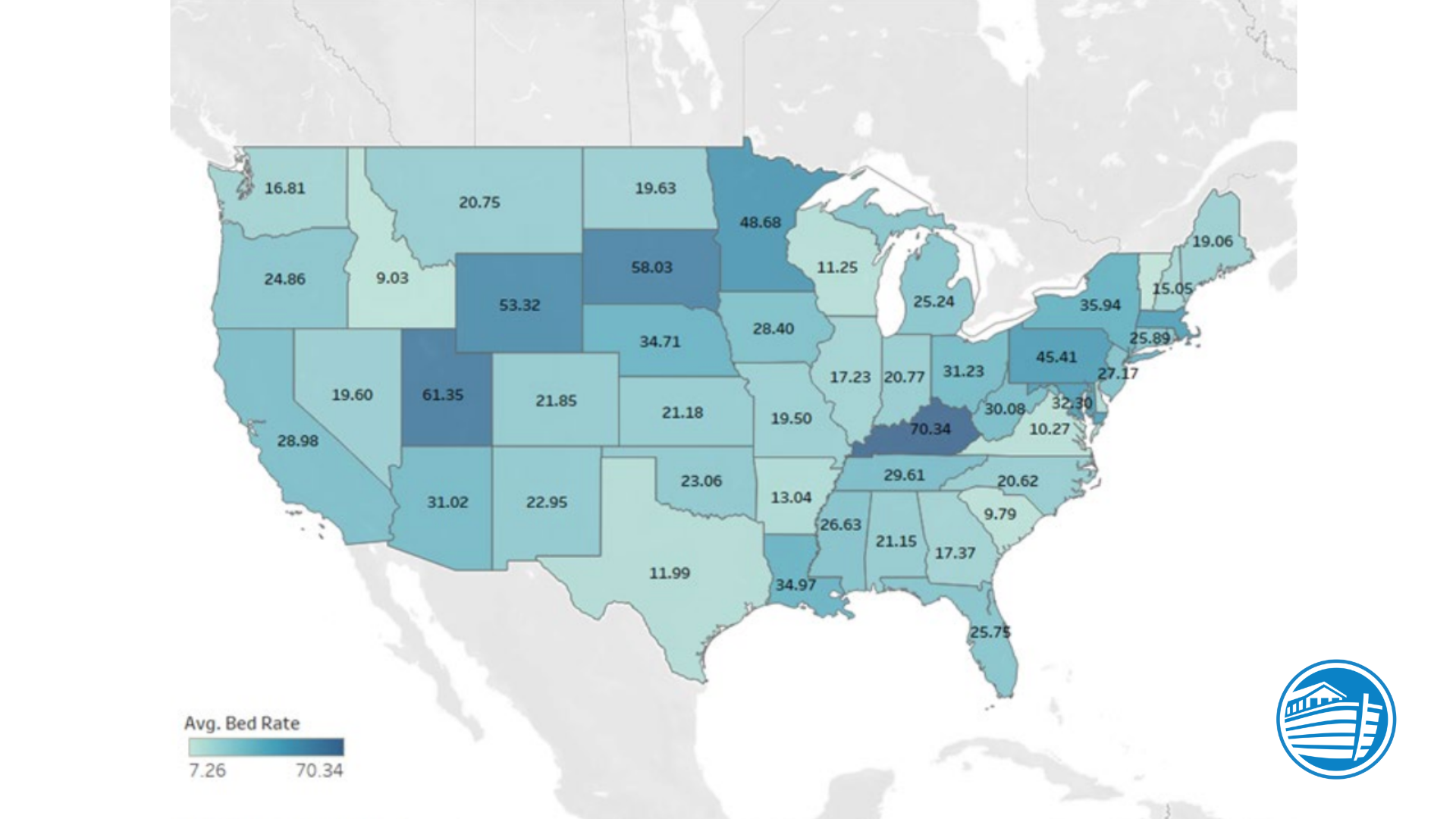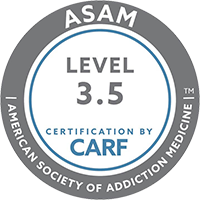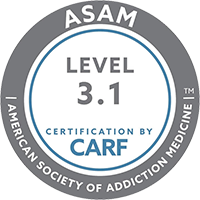
Kentucky has faced significant challenges in combating substance use disorder (SUD) over the past quarter century. However, a new study released sheds light on the significant steps being taken across the state to improve long-term outcomes.
According to the report by researchers at the East Tennessee State University (ETSU) Center for Rural Research, Kentucky stands out among fellow Appalachian states, showcasing remarkable progress in creating robust Recovery Ecosystems and bolstering its capacity for SUD treatment.
“The announcement means we’re truly living out our faith and values, which say second chances aren’t just the right thing to do but are what we are called to do,” said Kentucky Governor Andy Beshear. “For the first time in our lifetime, anyone ready for help can get it across Kentucky regardless of the cost. There is funding, and there is a bed for every single Kentuckian who needs it.”
“For years, our commonwealth stood as a stark symbol of the opioid epidemic’s epicenter,” said Tim Robinson, CEO and founder of Addiction Recovery Care. “Now we are being looked to for answers nationally on the critical steps to combat this insidious disease.”
Michael Meit, lead researcher and Director of ETSU’s Center for Rural Research, notes that the report showcases Kentucky’s dramatic progress in providing addiction treatment and recovery.
“We have tracked declining overdose mortality rates in Eastern Kentucky for several years now,” said Meit. “What we have observed is an all-hands-on-deck approach, where policymakers, community stakeholders and provider organizations have come together to expand access to treatment and build recovery supports. Our latest study provides further evidence of the good work happening in Kentucky.”
Access to Treatment
A crucial component of a successful Recovery Ecosystem is the availability of SUD treatment services, measured by the number of designated residential treatment beds. Kentucky’s strong momentum shines through in the 2022 Substance Abuse and Mental Health Services Administration (SAMHSA) report, revealing a residential designated bed rate of 70.34 beds per 100,000 population — the highest in the nation. This rate is more than double that of neighboring states like Ohio, West Virginia, Tennessee, and Virginia.
“Access, access, access — it’s the number one thing we can control as providers,” said Matt Brown, chief administration officer, ARC and president of ARC Healthcare. “There has never been a more important time to meet those in crisis where they are and when they need us most. Daily, we lose mothers, fathers, sisters, and brothers to this disease. We must create new access and opportunities to care for our most vulnerable populations.”
Medicaid Expansion
Kentucky’s success in expanding SUD treatment capacity can be attributed to its proactive approach, including Medicaid expansion. The state, along with Ohio and West Virginia, expanded Medicaid in 2014, leading to increased access to naloxone and medically-assisted treatment (MAT). Medicaid expansion has proven instrumental in positively impacting opioid overdose mortality rates.
A 2021 report revealed that 14 of the top 20 counties witnessing significant reductions in overdose mortality were situated in Eastern Kentucky. Researchers note that this highlights the success of Kentucky’s approach in fostering strong community environments that offer comprehensive, evidence-based treatment and support services for individuals recovering from SUD.
Kentucky’s progress in combating substance use disorder stands as a testament to its commitment to creating strong Recovery Ecosystems. The state’s robust capacity for SUD treatment, driven by Medicaid expansion and strategic policy measures, positions it as a national leader in the fight against the opioid crisis — serving as a model for others to emulate.





